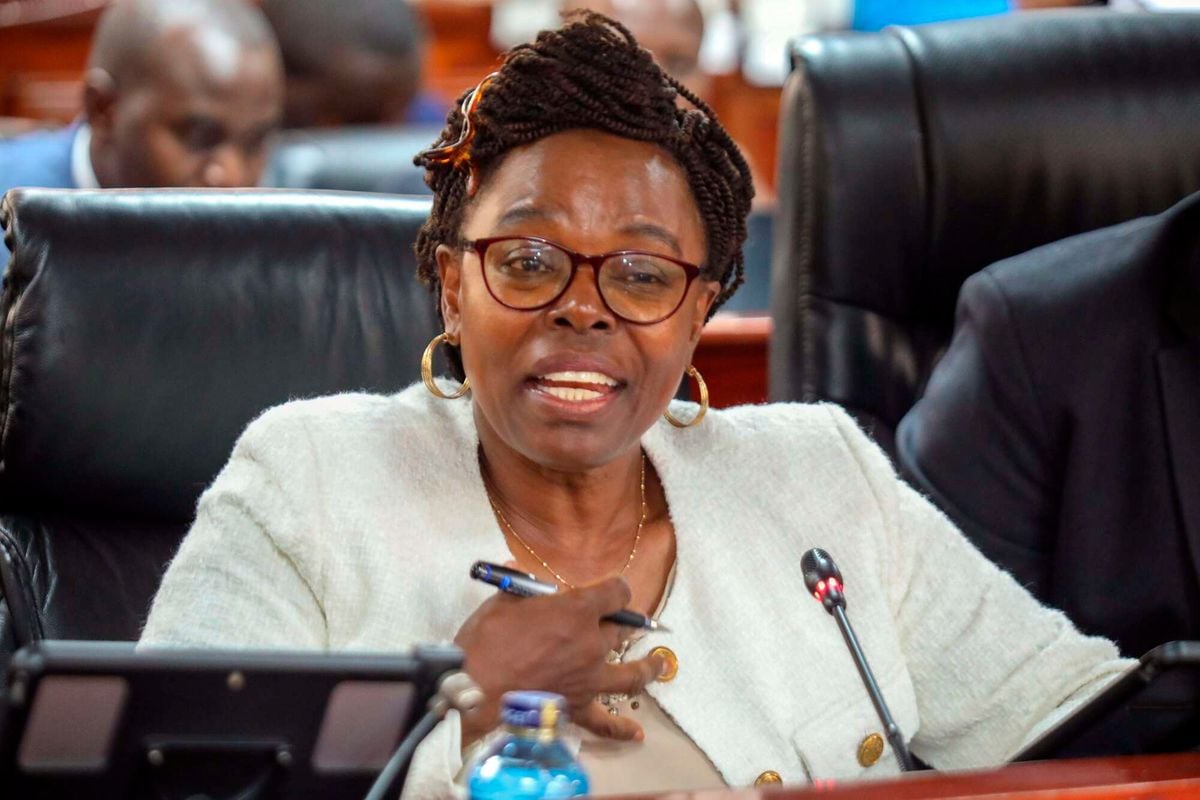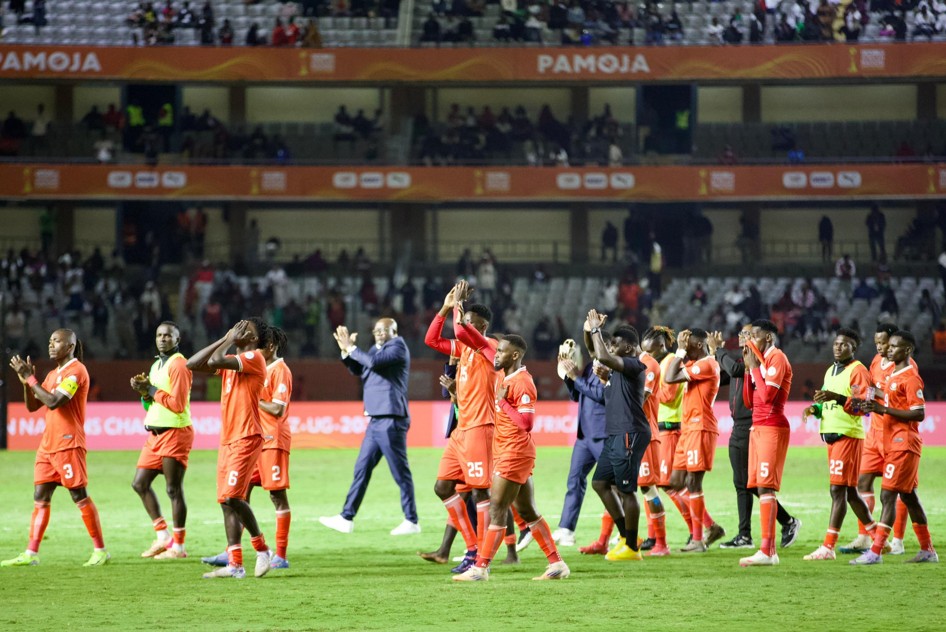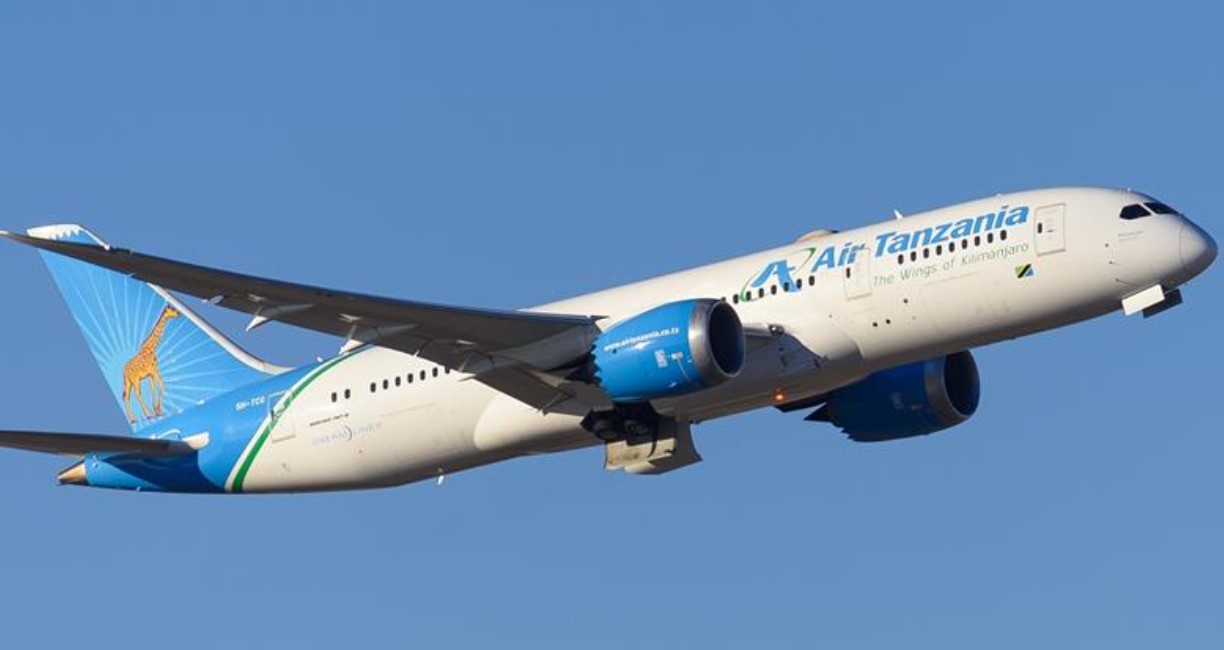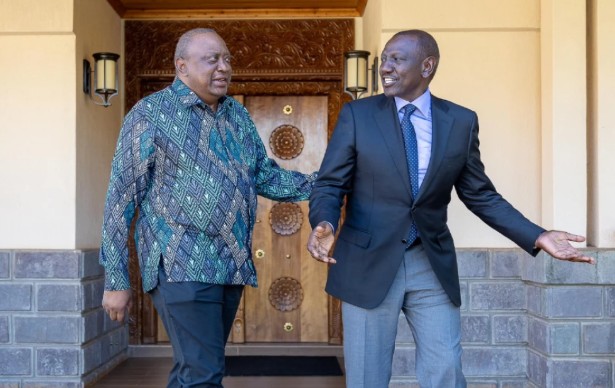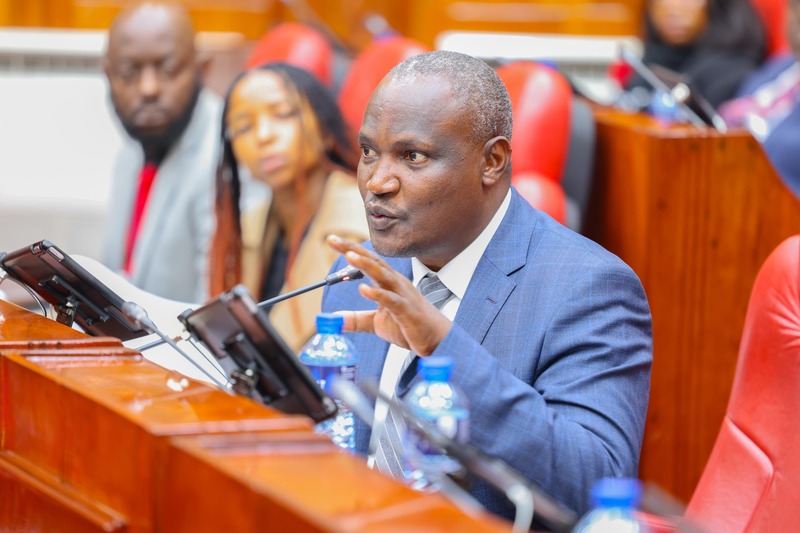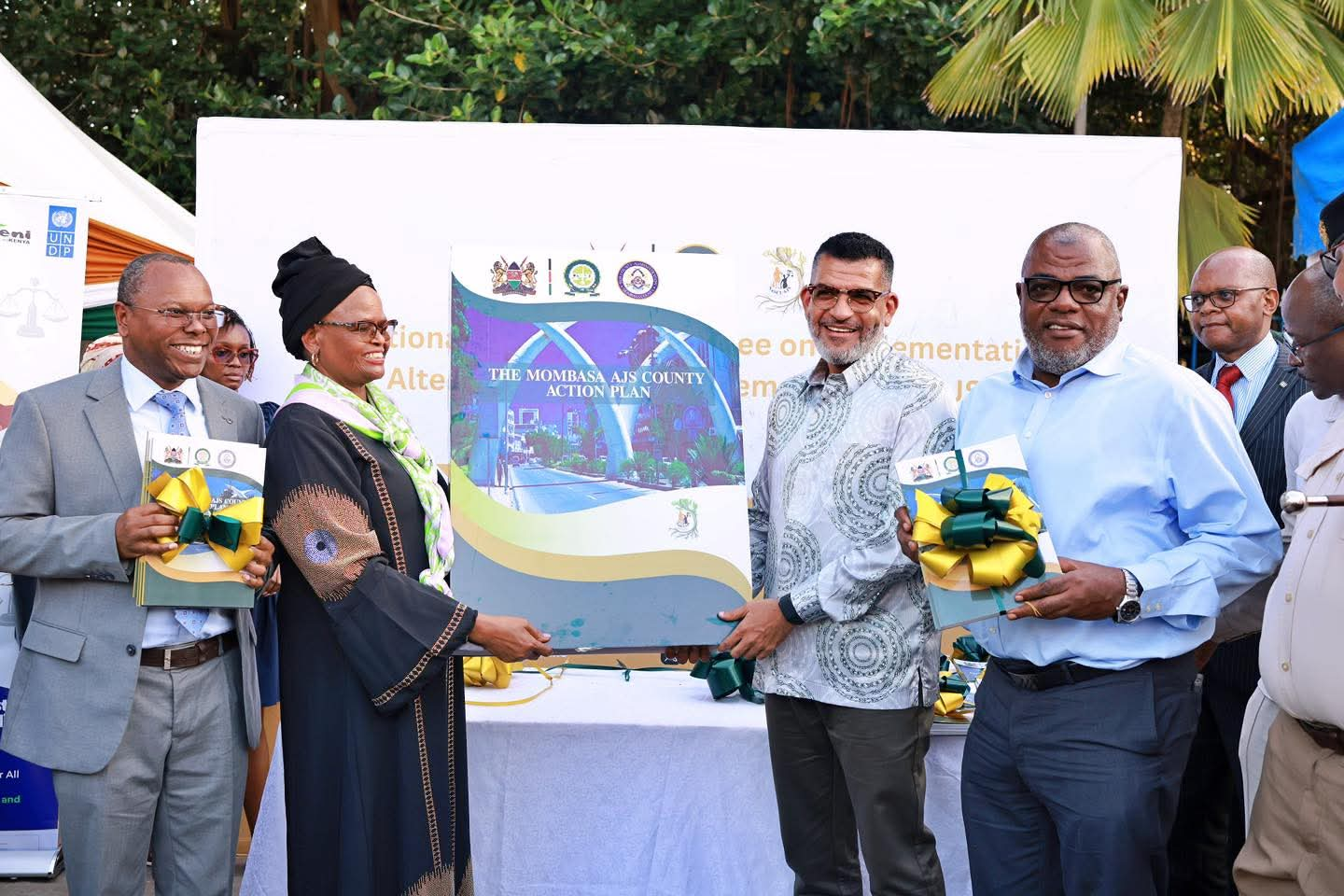Kenya Power spent Sh151.7 billion, including billions on idle power, to guarantee supply – Wandayi
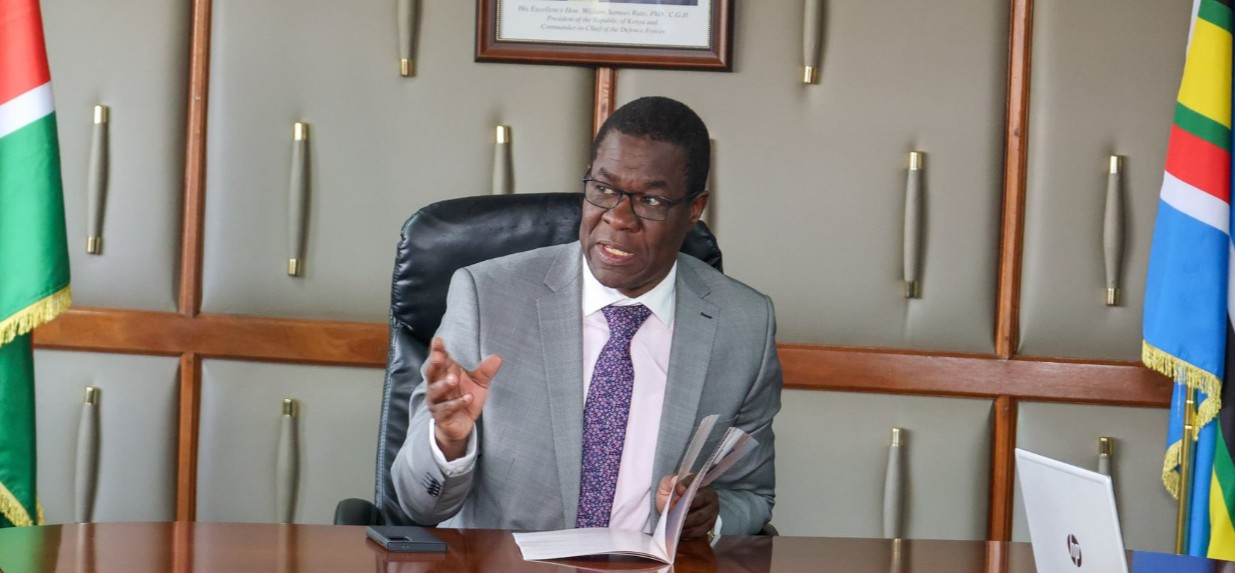
KenGen’s geothermal plants—Olkaria II, IV, IAU, V, and Olkaria I Unit 6—received Sh115.7 billion, while major hydroelectric stations across the country were paid Sh13.9 billion.
Energy Cabinet Secretary Opiyo Wandayi has revealed that Kenya Power spent a total of Sh151.7 billion in the 2023/24 financial year, including billions paid for electricity that was generated but not used—costs he said were necessary to maintain backup capacity and ensure a stable power supply.
Speaking when he appeared before the Senate Energy Committee, Wandayi explained that the amount covered payments to the Kenya Electricity Generating Company (KenGen) and various independent power producers (IPPs) for power consumed, as well as idle capacity that was not dispatched during the year.
More To Read
- KETRACO officials under fire over Sh7 billion Inabensa contract penalty
- MPs unlock funds to revive 13 mini-grids in six remote counties
- Treasury under fire for snubbing MPs over Sh30 billion rural electrification debt
- Fuel prices set to rise in 2026 following EPRA’s profit formula changes
- Only 2,300 of 20,000 faulty transformers fit for repair, Kenya Power tells MPs
- EPRA under fire for Sh20m advance payment on vehicles still in production
“The methodology for paying the public and independent power producers ensures that where a plant is not dispatched due to reduced demand, the generators are able to meet their capital recovery obligations and fixed operations and maintenance costs to ensure that the plant is available for dispatch at any given time when demand arises,” Wandayi said.
KenGen’s geothermal plants, Olkaria II, IV, IAU, V and Olkaria I Unit 6, were paid Sh115.7 billion, while major hydroelectric stations across the country received Sh13.9 billion.
Among the highest-paid IPPs between July 2022 and June 2024 were; Triumph Power at Sh6.2 billion ($48.2 million), Rabai Power at Sh6.1 billion ($47.7 million), Thika Power at Sh4.8 billion ($37.3 million), Gulf Power at Sh4.4 billion ($34.1 million) and (EA) Power at Sh4.21 billion ($32.6 million).
Wandayi was responding to Nairobi Senator Edwin Sifuna, who sought details on the payments Kenya Power makes to IPPs under take-or-pay contracts, particularly concerning electricity lost due to high idle capacity.
“What is the total amount paid by Kenya Power to independent power producers over the last two financial years, including the volume of power purchased and the total cost incurred by the utility company?” Sifuna asked.
Sudden demand increases
In response, Wandayi told the committee chaired by Siaya Senator Oburu Oginga that some plants are not always dispatched or fully utilised but must be kept available to support the grid in case of sudden demand increases or outages elsewhere.
He explained that the power purchase tariffs approved by the Energy and Petroleum Regulatory Authority (EPRA) include the two components of capacity charge (capital recovery) and energy charge (actual generated power). These are used to pay both KenGen and IPPs.
“Power capacity payments are fixed payments made to electricity providers for their available generating capacity, to ensure sufficient spare generation capacity to meet peak demand and prevent shortages,” he said.
“Capacity charge is necessary to ensure that even with minimum dispatch or utilisation of the plant, the investment is paid for, including amortisation of capital costs, fixed operation and maintenance costs.”
Incentivise investment
According to the Energy CS, capacity payments are intended to incentivise investment in new power plants and ensure a reliable electricity supply by guaranteeing a return on investment even when a plant is not generating power at full capacity.
Wandayi further told senators that EPRA calculates the total fixed costs for all contracted power plants annually. These costs are then factored into the retail tariffs paid by consumers. Once Kenya Power collects the money, it pays both KenGen and the IPPs accordingly.
Other Topics To Read
He highlighted that the benefits of capacity payments include guaranteed revenue for investors, improved system reliability, and sustained investment in the power sector.
On measures to protect consumers from excessive costs arising from unused power, Wandayi said there is a production threshold clause built into power purchase agreements (PPAs).
“This is done by ensuring that beyond the expected cumulative generation per year, the customer does not pay additional costs,” he said.
He also noted that contracted capacity is capped.
“Contracted capacity is capped at not more than 110 per cent of the contracted capacity at the signature date on the PPA. Half-hourly capacity availability tracking and monitoring is used to derive the actual monthly availability,” Wandayi explained.
He said the government is expanding the transmission infrastructure to eliminate grid bottlenecks that sometimes require the dispatch of idle plants for voltage support.
“This is to ensure elimination of grid contingency situations arising from non-available or low-capacity transmission infrastructure,” he said.
For comparison, Kenya Power paid Sh141.8 billion to KenGen and IPPs during the 2022/23 financial year for power generation and capacity.
Top Stories Today
Reader Comments
Trending
